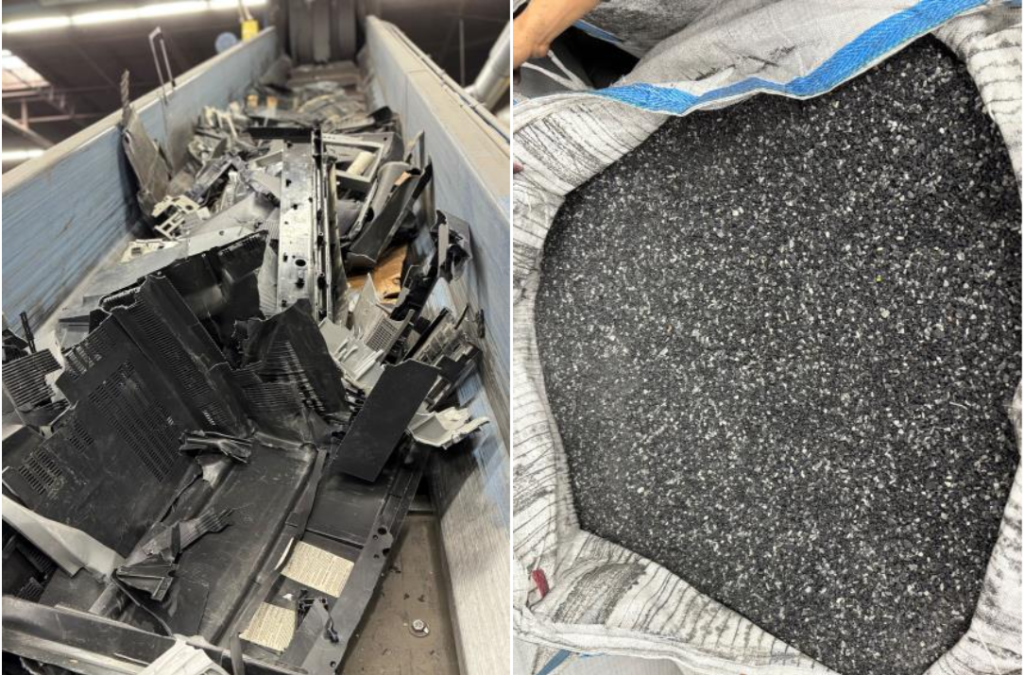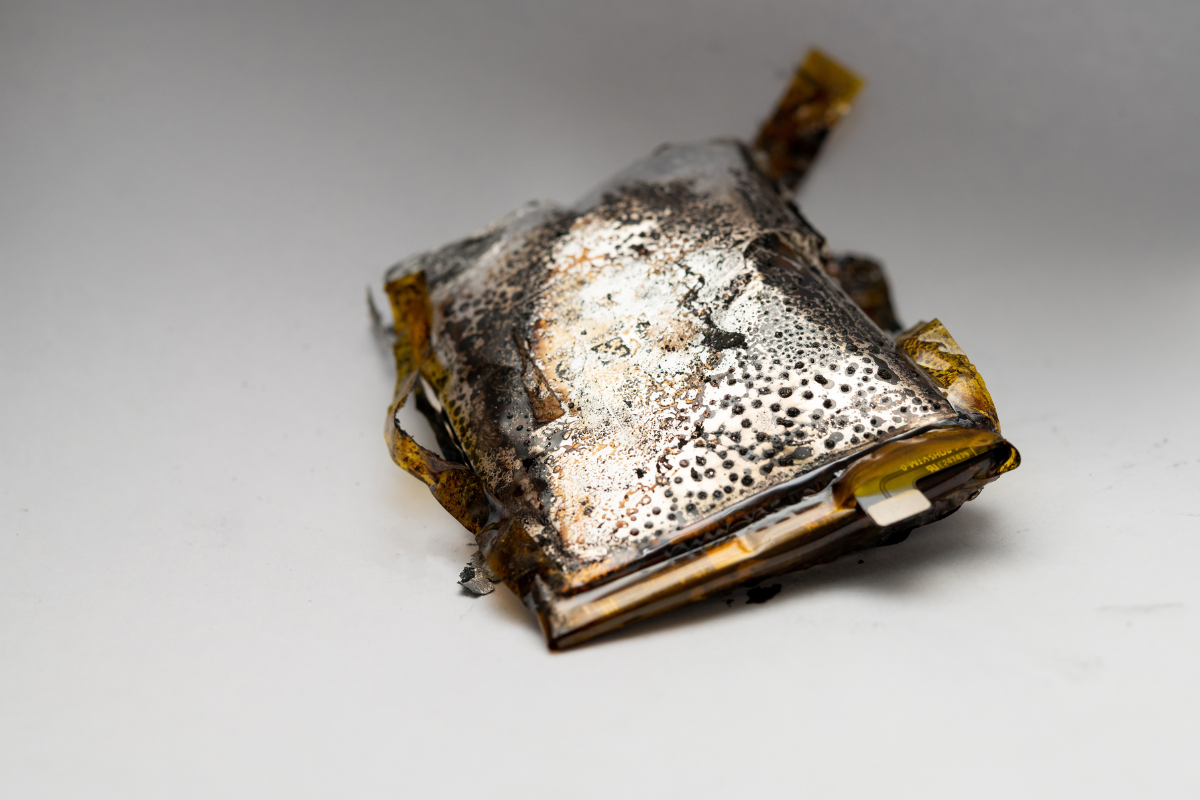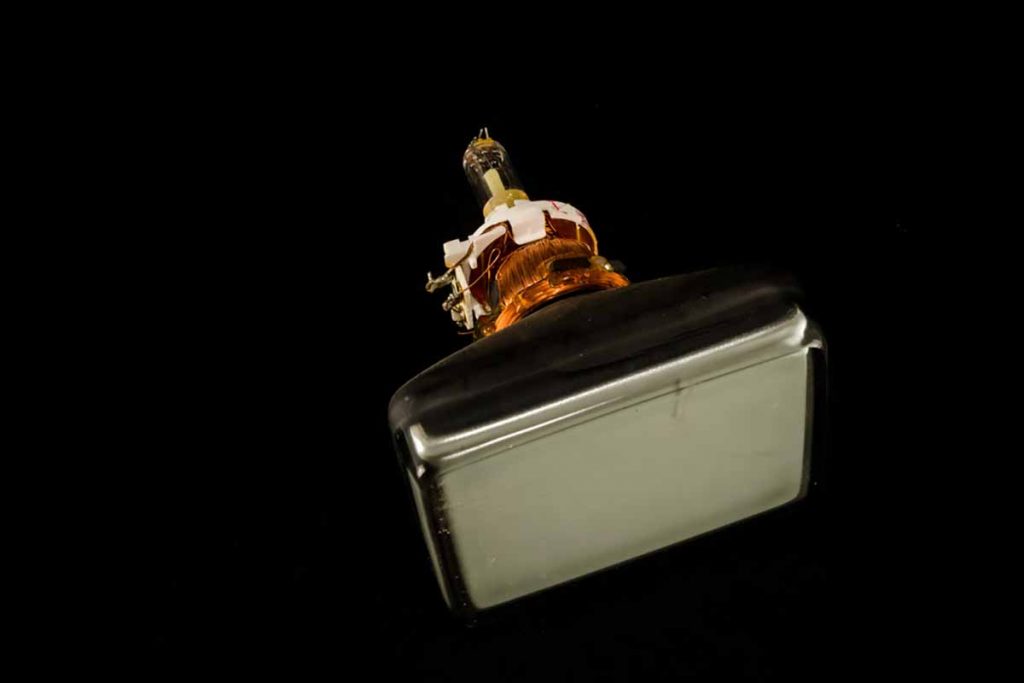
Com2 is shredding and sorting e-plastics at its Carol Stream plant in Illinois. | Photo courtesy Com2 Recycling Solutions
North American e-scrap processor Com2 began processing e-plastics in-house at the beginning of the year after global regulations on material movement challenged longstanding export pathways. Continue Reading






